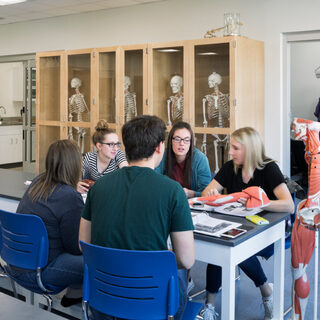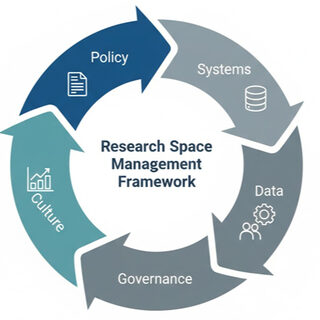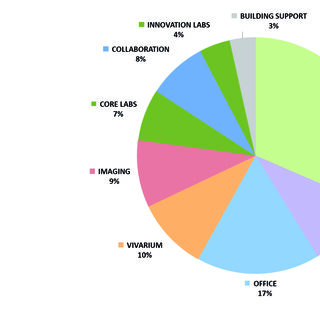Tradeline's industry reports are a must-read resource for those involved in facilities planning and management. Reports include management case studies, current and in-depth project profiles, and editorials on the latest facilities management issues.
Latest Reports
Building Next-Gen STEM Facilities for Long-Term Viability
Academic STEM facilities need the flexibility to accommodate an expanding range of disciplines and pedagogical methods while equipped with an adaptable infrastructure responsive to occupancy shifts and technology advances. Today’s projects often span the complexity spectrum, from soft spaces and graduate student workstations outside the lab to a zero-point energy (ZPE) environment for quantum physics research or an engineering lab housing a wind tunnel. While the terms “flexibility” and “adaptability” are often used interchangeably to describe the requirements of a lab building, planners at Research Facilities Design (RFD) draw a clear distinction between the two. In their context, flexibility is what occurs below the ceiling, for example, movable casework that allows a lab to accommodate new equipment or new research opportunities. Adaptability refers to what happens above the ceiling, such as robust MEP systems, well-organized ductwork and piping racks, and spare capacity at the electrical panel to support new or expanded programs in the building.
Transforming Research Space Management for a New Era
In an era of expanding research portfolios and heightened expectations for interdisciplinary collaboration, universities face intensifying pressure to strategically plan, manage, and optimize research space. Research facilities, wet labs, maker spaces, core facilities, and computational suites, represent some of the most limited and costly assets in the academic environment. As competition for high-quality laboratories and specialized rooms grows, institutions are re-evaluating entrenched practices, strengthening policy frameworks, and adopting data-driven systems to ensure that space is allocated efficiently, transparently, and equitably. The most successful universities treat research space not as a static inheritance but as a strategic resource that must evolve with the institution’s mission.
Vivarium Facility Upgrades at the University of Washington Aim to Enhance Employee Wellbeing and Retention
Optimizing facilities is about the people and animals inside the buildings just as much as it is about the buildings themselves. As a facility with a One Health focus, University of Washington (UW) vivariums operate within the framework that humans, animals, and the environment are interconnected, and that caring for one means caring for the other two. While the concept behind One Health has informed the global scientific community since the beginning of modern medicine, the term and its application to vivarium facilities management is relatively new.
Emory University Integrates Massive High-Technology Equipment into the Design of its New Health Sciences Center
More and more universities are building their scientific research centers around cores of huge, heavy, yet surprisingly delicate equipment. Building a core laboratory facility forces architects and campus planners to think about logistics, timing, and backup systems to a level of detail probably more familiar to NASA engineers than institutional architects. As the team behind Emory University’s new Health Sciences Research Building II (HSRB-II) learned, a huge range of factors—in their case, everything from the amount of rebar in the flooring to the width of the corridors to shipping velocity on the Suez Canal—must be reckoned with before such a facility is completed.
Finding Success with Hybrid Workforce Strategies
In both the public and private sector, the pendulum has swung away from remote work, and many leaders want their employees to come back to the office more days per week. While good workplace design can help make workplaces commute-worthy, the success of any return-to-office strategy depends on a mix of operational protocols and design decisions, says Kay Sargent, director of thought leadership, interiors, at global design, architecture, engineering and planning firm HOK.





